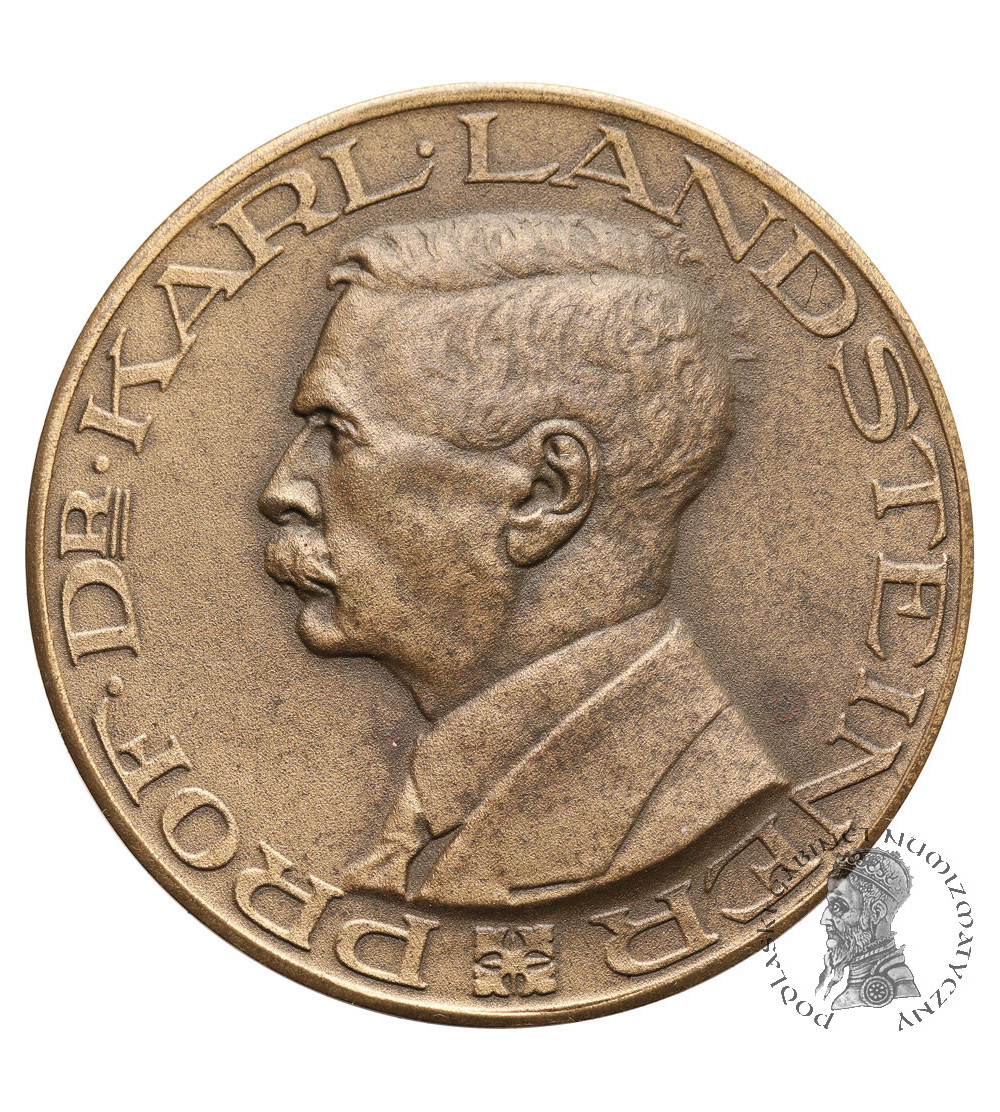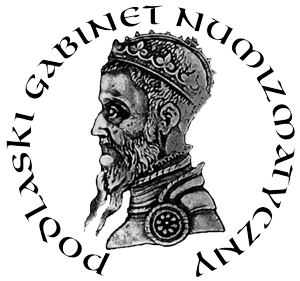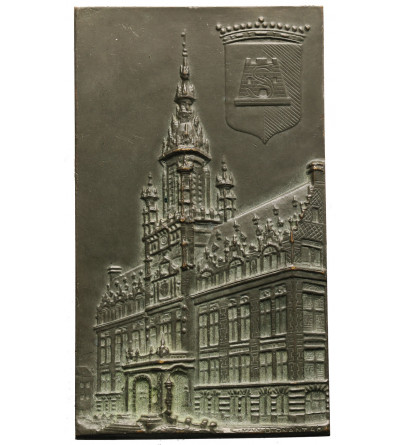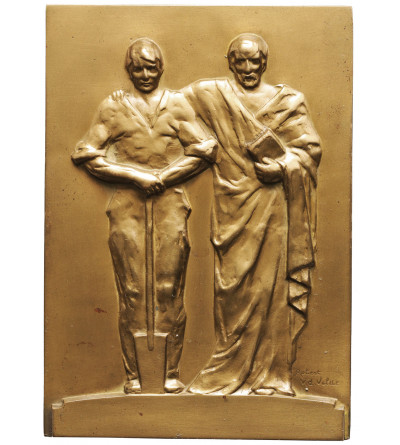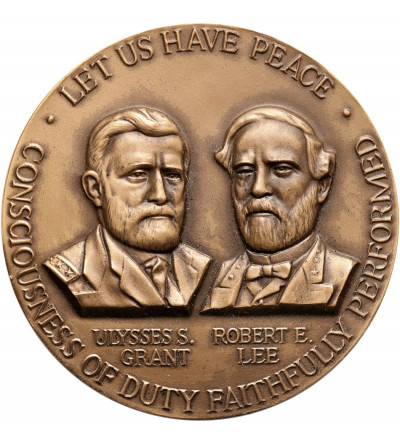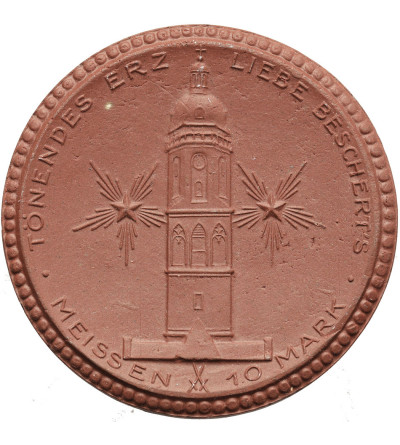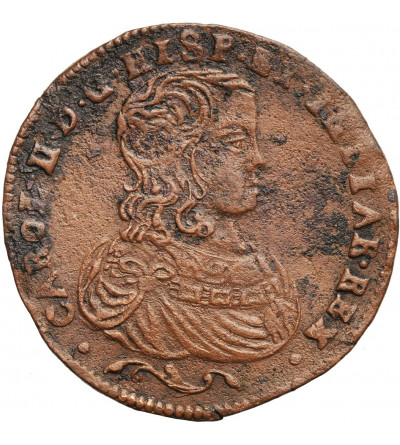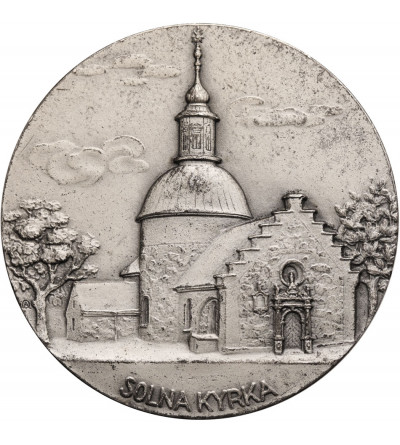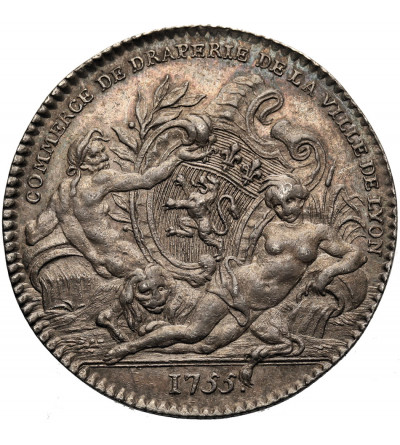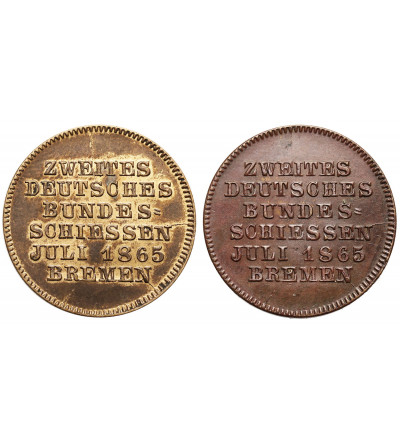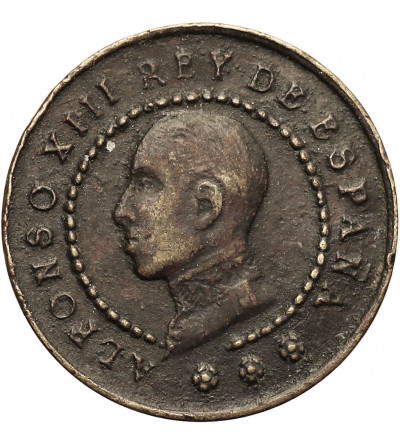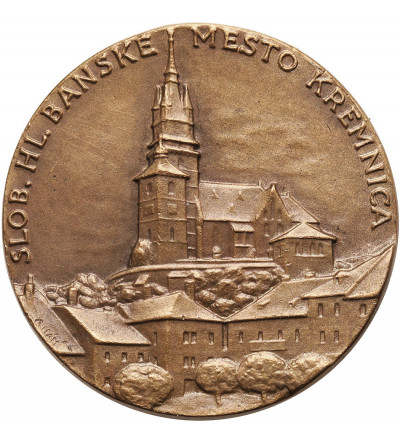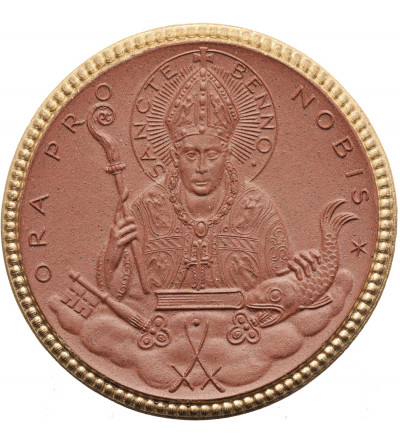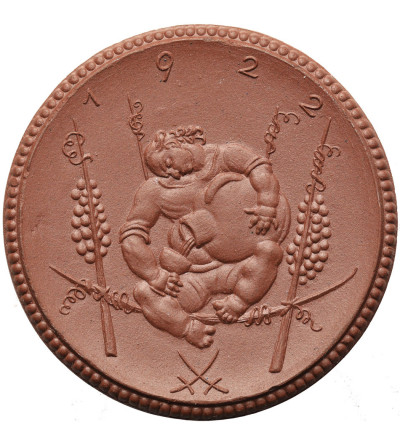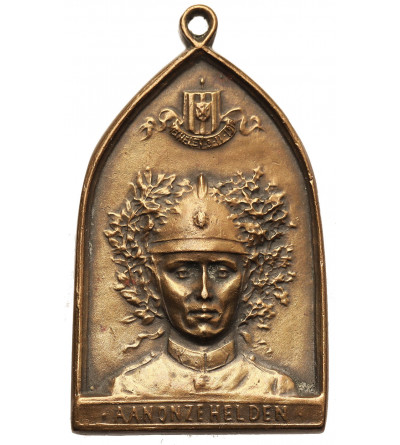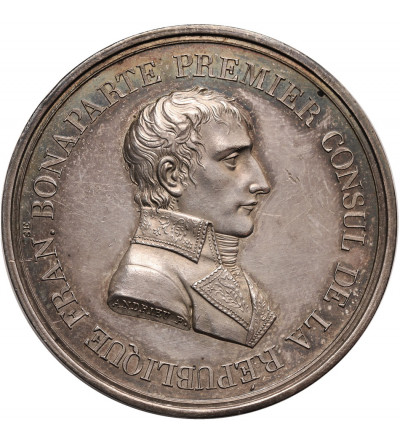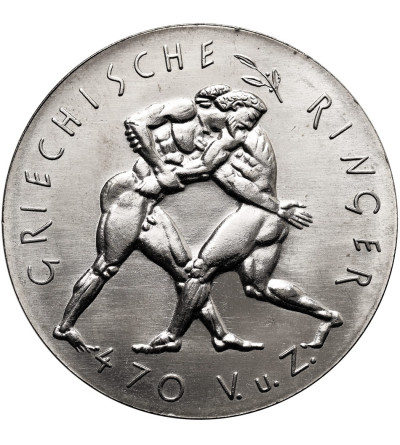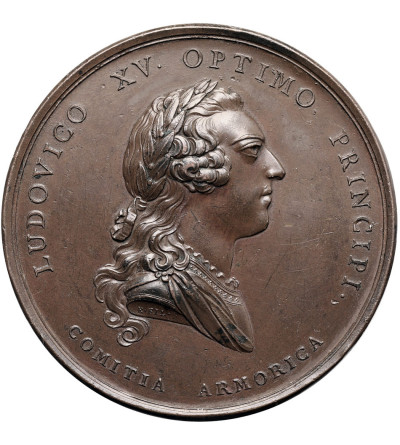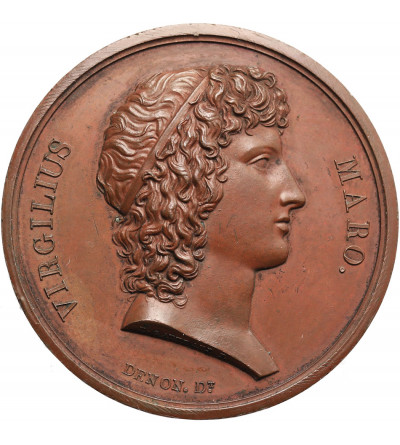Karl Landsteiner (born June 14, 1868 in Baden, died June 26, 1943 in New York) - Austrian physician pathologist and immunologist, winner of the Nobel Prize in 1930.
He graduated from the University of Vienna with a degree in medicine in 1891. After studying chemistry in Germany with Emil Fischer and in Switzerland with German chemist Arthur Hantzsch, Landsteiner returned to Vienna, where he became Max von Gruber's assistant at the Institute of Hygiene in 1896. From 1898 to 1908, he served as an assistant at the university's Department of Pathological Anatomy in Vienna. In 1911, he was appointed professor of pathological anatomy at the University of Vienna. In 1922 he moved to the US and accepted a position at the Rockefeller Institute in New York, remaining there until his death.
In 1901, he discovered that there are two antigens in red blood cells, which condition the phenomenon of agglutination (clumping of blood cells) on contact with antibodies present in the blood plasma of groups with different antigenic structure. On the basis of these observations, he distinguished three blood groups (A, B and 0, which he initially labeled C), for which he was awarded the Nobel Prize in Physiology or Medicine in 1930. In 1940, with Alexander Wiener, he discovered the Rh factor.
In 1932, he became a member of the National Academy of Sciences in Washington. In 1946, he was posthumously honored with the awarding of the Lasker Prize in Clinical Research.
source: wikipedia.org
